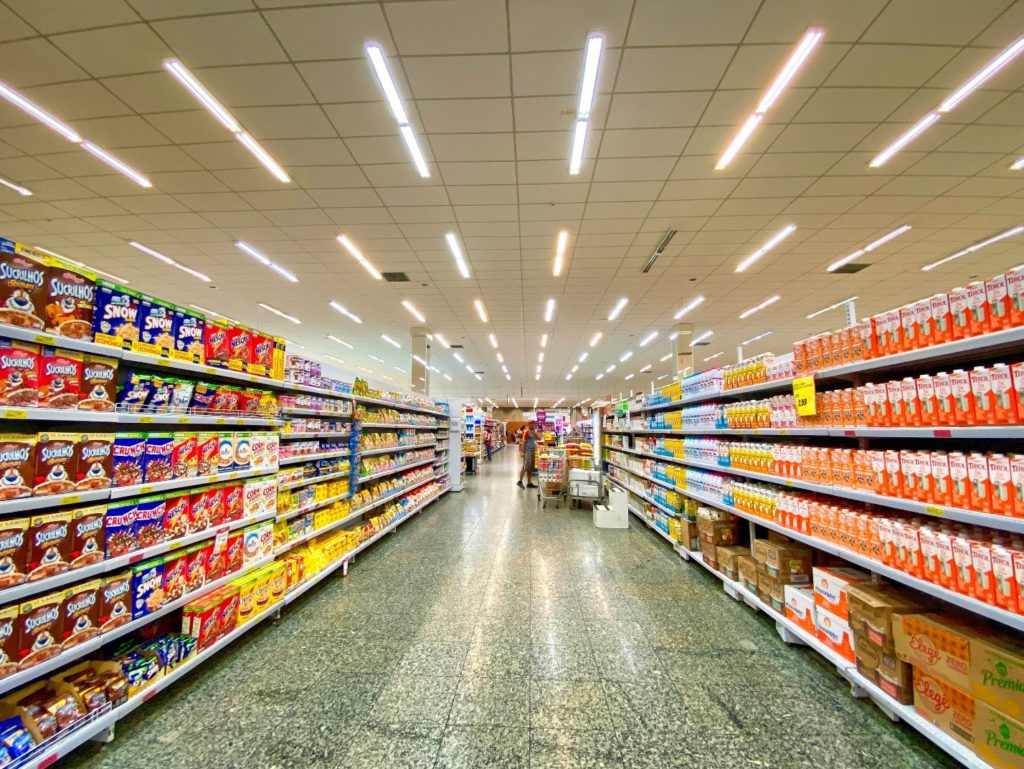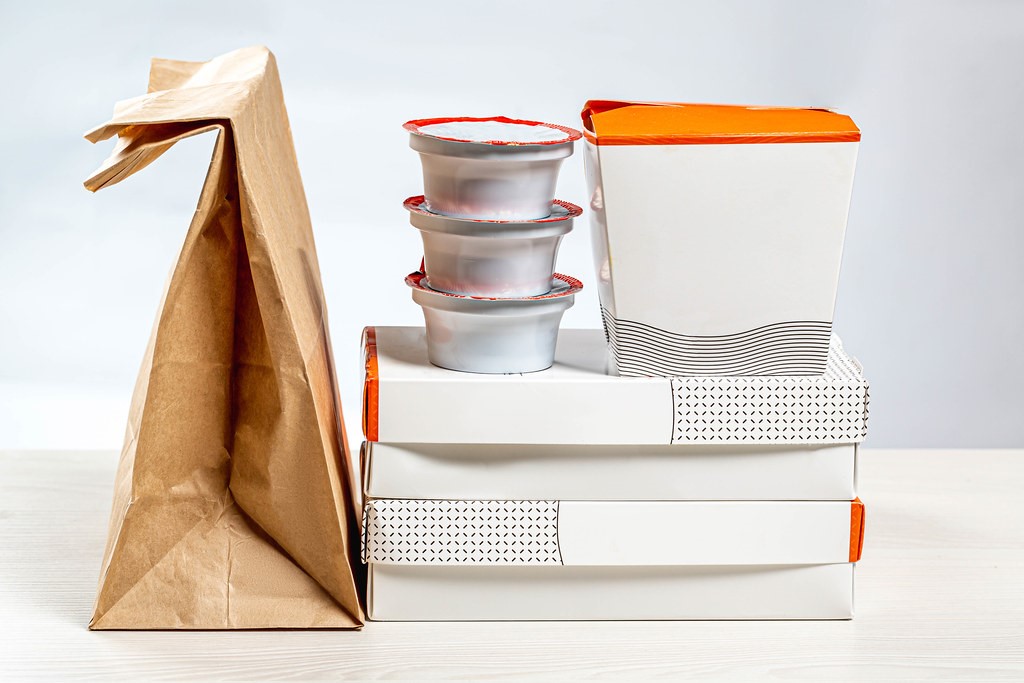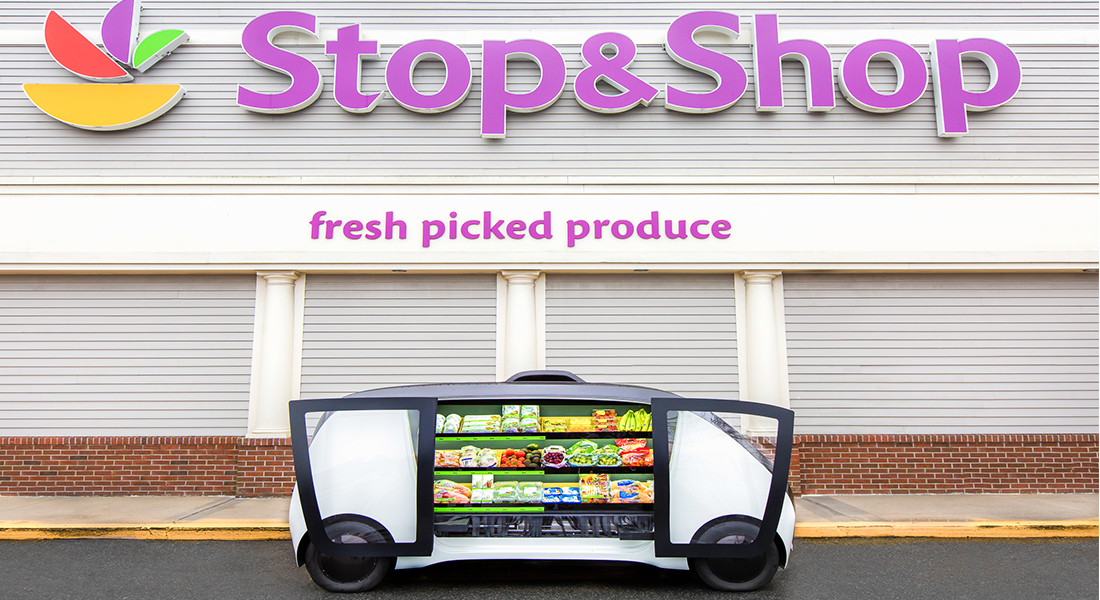Grocery store visits amid the COVID-19 outbreak may have consumers feeling like they’ve entered a battle zone. The mad dash for goods is not only a frantic endeavor for the consumer, but it also exposes them to coronavirus risk. Since grocery store workers are not immune, robots are coming to the rescue for small grocers and big chains alike.
With grocery stores being considered essential businesses during the outbreak, employees have been working overtime to keep shelves stocked. The pandemic has forced retailers to focus more on sanitation while they are struggling to hire more employees.
Related: A New Type of Employee: Robots Are Being Introduced in Grocery Stores
Amid a surge of shoppers visiting stores and ordering online, grocers are searching for ways to reduce pressure on store workers and increase efficiency. One of those ways is to use robots and AI, which offer solutions that can help them bring down costs and improve store operations. And according to CNN, the crisis may speed up grocers’ use of robots in stores.
Equipped with sensors and AI, some grocery stores have begun using self-driving robots to ferry deliveries to customers in the area. Brain Corp., which supplies autonomous floor-scrubbing robots to grocers, said it saw a 13 percent jump in the usage of its robots at stores in March compared to last year.
The country’s largest retailer and private employer, Walmart, is set to have Brain Corp’s self-driving robots in 1,860 of its over 4,700 US stores by the end of the year. At 1,000 stores, it will also have robots that scan shelf inventory and at another 700 stores, it will have bots that automatically scan boxes as they exit delivery trucks and sort them by department onto conveyor belts.
Walmart has continued to roll out robots in stores during the crisis since the smart assistants have reduced the amount of time workers spend on predictable and manual tasks in stores. The robots allow workers to switch to from these repetitive tasks to selling merchandise to shoppers and other customer service roles.
Grocers are also looking for more efficient ways to streamline the process for picking customers’ online grocery orders out of store aisles. Since workers manually picking, bagging and delivering groceries is costly for grocers and can clog up aisles, some grocers are testing small automated “micro-fulfillment centers” in the backs of their stores that are dedicated to fulfilling deliveries and pickups.
One of the companies that has created these mini-warehouses, Takeoff Technologies, has seen a double-digit increase in orders since the crisis began. Some fear that this type of automation will contribute to the disappearance of low-wage jobs.
With more than 15 million American retail workers today, cashiers, clerks and other lower-skilled jobs in the industry, are among those vulnerable to technology advances. Last month, the Brookings Institution said in a report that “any coronavirus-related recession is likely to bring about a spike in labor-replacing automation.”
As stores try to find a balance between cleaning and restocking, many will continue to turn to autonomation for the sake of health and safety.








Join or login to leave a comment
JOIN LOGIN